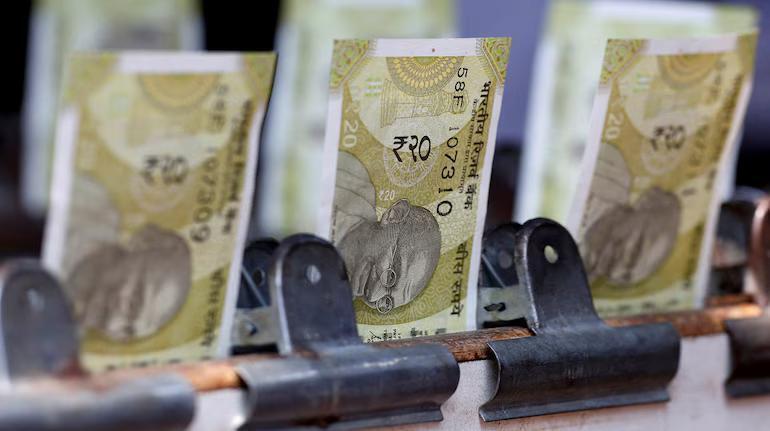
Rupee Strengthens as Dollar Weakens Amid Global Currency Gains
The Indian rupee has been on a rollercoaster ride lately, with its value fluctuating against the US dollar. However, in recent days, the rupee has shown signs of strength, rising to its highest level in months. According to a recent report, the rupee strengthened to 87.2125 against the US dollar on Tuesday, marking a significant gain.
So, what’s behind this sudden surge in the rupee’s value? The answer lies in the weakening US dollar and the Reserve Bank of India’s (RBI) intervention in the foreign exchange market.
The US dollar has been under pressure in recent weeks, with its index dropping to a four-month low. This has led to a decline in the value of the dollar against other major currencies, including the rupee. The dollar’s weakness can be attributed to a range of factors, including policy uncertainty and a decline in tech trades.
One of the primary reasons for the dollar’s weakness is the uncertainty surrounding the US Federal Reserve’s monetary policy. Investors are cautious about the Fed’s next move, which has led to a decline in the value of the dollar. Additionally, the decline in tech trades has also put pressure on the dollar, as many tech companies generate revenue in dollars.
The RBI has also played a significant role in supporting the rupee’s value. The central bank has been actively intervening in the foreign exchange market, buying dollars and selling rupees to stabilize the currency. This intervention has helped to curb the rupee’s volatility and support its value.
The rupee’s strength is not limited to its value against the US dollar. The currency has also gained ground against other major currencies, including the euro and the pound. This is a significant development, as it indicates that the rupee is regaining its strength against other major currencies.
The rupee’s gain is also a result of the weakening of other Asian currencies. The Chinese yuan, for instance, has gained ground against the US dollar, with its value rising to its highest level in months. This has led to a strengthening of other Asian currencies, including the rupee.
The rupee’s strength has significant implications for the Indian economy. A stronger rupee can help to reduce the country’s dependence on imports, which can lead to a decline in the trade deficit. Additionally, a stronger rupee can also help to attract foreign investment, which can boost economic growth.
However, the rupee’s strength also has its limitations. A stronger rupee can make exports more expensive, which can negatively impact the country’s trade balance. Additionally, a stronger rupee can also lead to a decline in the country’s competitiveness, as other countries may be able to produce goods and services at a lower cost.
In conclusion, the rupee’s strength is a result of the weakening US dollar and the RBI’s intervention in the foreign exchange market. The rupee’s gain is also a result of the weakening of other Asian currencies, including the Chinese yuan. While a stronger rupee has its limitations, it can also help to reduce the country’s dependence on imports and attract foreign investment.
Source:






